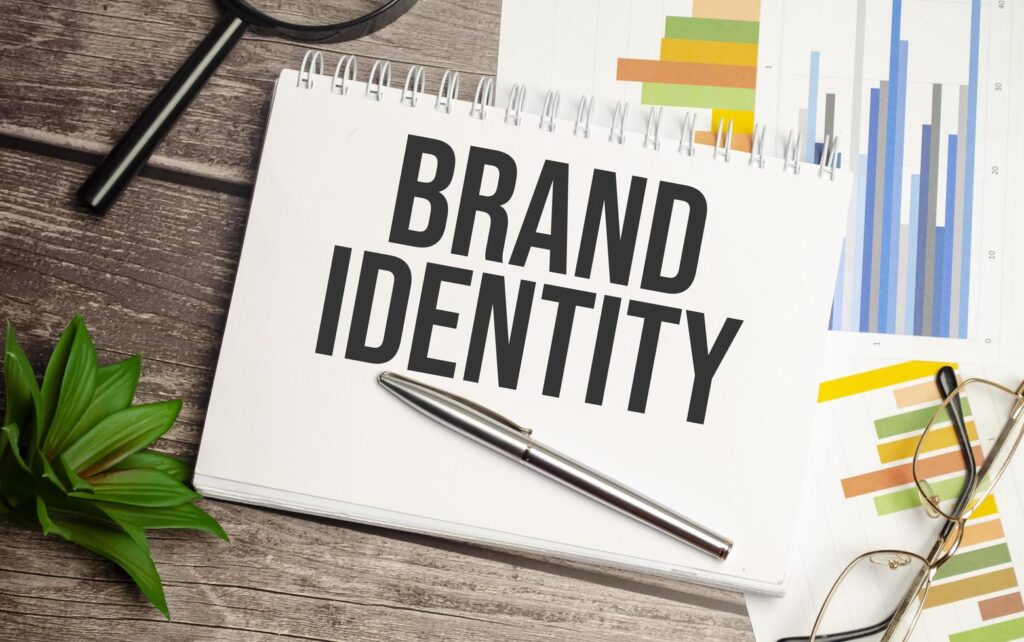Learning how to get discovered as a creative isn’t simply desirable; it’s essential. In these days of our hyper-connected world, being gifted isn’t sufficient. If you’re creative, whether you’re a designer, illustrator, musician, or author, getting noticed means being visible for opportunities. Even the most talented creatives can go unnoticed if they aren’t aware of how their work is shared and discussed. Getting discovered is about being discoverable, being seen by potential consumers, and having a presence that triggers interest and engagement.
Build a Strong Personal Brand
Before you can get noticed, people need to understand who you are and why your work matters. Building a strong personal brand is about your reputation, but built with intention. A strong personal brand is your creative billboard. It’s more than just logos and bios—it’s the way you show up. You want your brand to be instantly recognizable even without your name attached to it. People notice visuals first: your color scheme, logo, and font, allowing your work to be recognized without a name tag. Create a short manifesto or mood board that guides your visual and messaging choices, and identify what themes run through your work. The strongest personal brands aren’t manufactured. Google yourself—what comes up? Make sure your online presence reflects the brand you are building.
In all, ensure your content is memorable, clear, and meaningful.
Optimize Your Online Presence
Your website is your creative storefront. You may be doing amazing work offline, but if your online presence isn’t strong or searchable, you are missing out on global opportunities, collaborations, and gigs. When people search for what you do, they should find you first. Make sure it invites people by using interactive features like scrolling galleries or hover effects to keep it unique, and add client testimonials or case studies for social proof. Let people see you as more than a talented creator—show your expertise. Set up a Google alert for your name and stay aware of when you’re mentioned. Own your name across all platforms and build authority through thought leadership. Using the right website analytics to track traffic sources and bounce rates helps refine your strategy based on what resonates.
Also Read : Building Intellectual and Information Infrastructure for Africa’s Creative Future
Use Social Media
Posting on social media is about putting out content that aligns with your platform and business goals. Tools like Brand24 or Agorapulse help monitor conversations and trends, and can also be used as social media listening tools by identifying where your audience spends their time—whether that’s Instagram for lifestyle brands or TikTok for Gen Z—to help you know where to channel your energy. Collaborate with influencers who align with your brand values and focus on authentic engagement, not just follower count. Encourage user-generated content to build trust and community, or use polls, Q&As, and live stream sessions to foster two-way interaction. Learn to respond to messages quickly, knowing the right content to post to keep people actively engaging. Mix content types educational and promotional. Use tools like Meta Business Suite and Google Analytics to refine your strategy by monitoring metrics like engagement rate, reach, click-through rate, and conversions to keep your brand visible in the minds of your target audience.
Alerts and Notifications
It’s always great to stay ahead of opportunities as a creative, which means more than just checking your inbox. It’s about setting up smart alerts and notifications that help channel you toward opportunity discovery, keeping you ahead of the curve by tracking your visibility for collaborations or gigs. It keeps you updated on trends in your niche. One very important tool is Google Alerts. It helps you get alerts and notifications when you turn it on for new posts and pinned announcements, and also sends weekly reviews for you to act on what you receive. Use Google alerts for keywords related to creative openings, jobs, or mentions of your name or brand. Platforms like Slack, Discord, and Facebook groups often share real-time opportunities. Use Twitter/X lists to track niche conversations and follow hashtags like #creativeopportunity.
Networking
This is about building authentic relationships that open doors, spark collaboration, and elevate your creative journey. Keeping your portfolio or website updated works well when networking with the strategic use of a bio statement about what you do and when you’re available. There are various top platforms with easy access where you can post your work—platforms like LinkedIn, Instagram, or Behance help showcase your work by crafting a short, memorable self-introduction. Attending events gives great networking opportunities by attending creative conferences, workshops, or gallery openings, or perhaps joining local meetups or global virtual communities. Following up with people you meet rekindles connections and provides opportunities to co-create something. A collaborative mini art project can provide chances to work together and connect. To get noticed, you can join group challenges or open calls to put yourself in the trending network. Professional networking isn’t about being everywhere, but being intentional, consistent, and authentic. The best connections grow from shared values and mutual respect. There are tools to level up with, like LinkedIn for professionals, The Dots for creatives and job boards, and Lunchclub for AI-powered networking meetings.
Conclusion
Getting noticed isn’t about being loud or pushy; it’s about making smart moves in a world where talent is overflowing. The creatives who rise aren’t always the most skilled, but rather they are the most intentional and consistently focused. Build a brand that resonates with people, share and create stories that connect, and keep your presence visible in people’s minds, even when offline.


